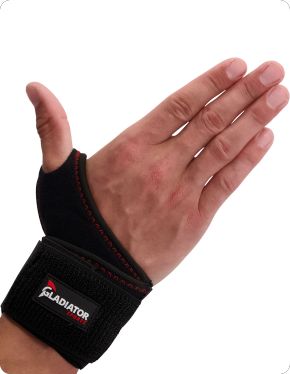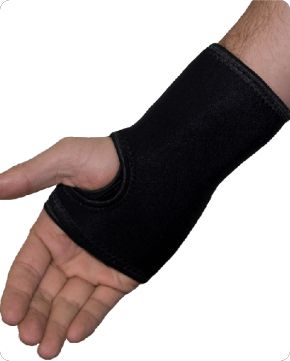Common wrist injuries
Our wrists are complex joints that play a crucial role in our daily lives. Whether we are typing, lifting, playing sports or even just grasping something, our wrists are in constant motion. However, because of their frequent use, wrists are prone to injury. In this blog, we will discuss some common wrist injuries, including their causes, symptoms and treatment options. Read on below.
Common injuries
The wrist is a delicate joint that can be easily injured. Common wrist injuries include sprains, fractures and tendinitis. These injuries can cause pain, swelling and stiffness, making it difficult to perform daily activities. In this paragraph, we will discuss some of the most common wrist injuries. We will also tell you how these injuries can be prevented and treated.
1. Wrist sprains
Wrist sprains occur when the ligaments, which hold the bones in the wrist joint together, become stretched or torn. This injury can occur as a result of a fall on the hands, an unfortunate landing during sports or excessive force application on the wrist. Symptoms of a wrist sprain include pain, swelling and limited range of motion.
Treatment: Rest, ice, compression and elevation (RICE) can help reduce pain and swelling. In some cases, physiotherapy is needed to restore wrist strength and mobility.

2. Carpal Tunnel Syndrome (CTS)
CTS is a narrowing of the carpal tunnel in the hand that causes the carpal nerve to become pinched and compressed in the wrist. This is usually caused by doing repetitive movements. It causes symptoms such as tingling, numbness and pain in the palm and fingers, especially the thumb, index and middle fingers.
Treatment: mild cases can be treated with a wrist brace, medication and changes in activities that cause the symptoms. More severe cases may require surgery to relieve pressure on the median nerve.
3. Wrist fractures
Wrist fractures occur when one or more bones in the wrist joint break. This can occur as a result of a fall on the outstretched hand or a direct blow to the wrist. Symptoms include severe pain, swelling and deformity of the wrist.
Treatment: depending on the severity of the fracture, it can be treated with casts, splints or surgery. In some cases, physiotherapy may be required to restore wrist strength and movement.
4. Wrist bursitis
Wrist bursitis is an inflammation of the bursa, a fluid-filled sac that serves as a cushion between tendons and bones in the joint. Repeated overuse of the wrist can lead to this condition, with symptoms including swelling, pain and limited range of motion.
Treatment: rest, ice, anti-inflammatory drugs and physiotherapy can help reduce inflammation and pain. In some cases, a doctor may remove fluid from the bursa to provide relief.

5. Ganglion cyst
A ganglion cyst is a benign swelling filled with fluid that usually develops along the tendons or joints of the wrist. It can put pressure on nearby nerves and tissues, causing pain and discomfort.
Treatment: sometimes ganglion cysts disappear on their own. If treatment is needed, it may involve draining the cyst or surgical removal.
Looking for a wrist brace?
Wearing a wrist brace can offer you support in all the above cases. There are many different types of wrist support available for various complaints or injuries. Our customer service team is ready to answer all your questions. Our team consists of enthusiastic expert staff who will be happy to help you along the way. They can be reached by phone, email and live chat.















